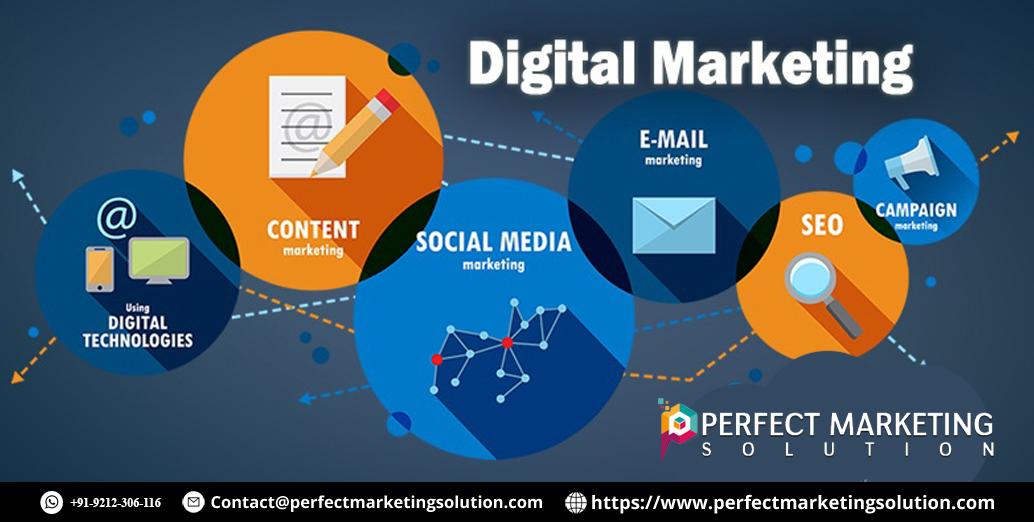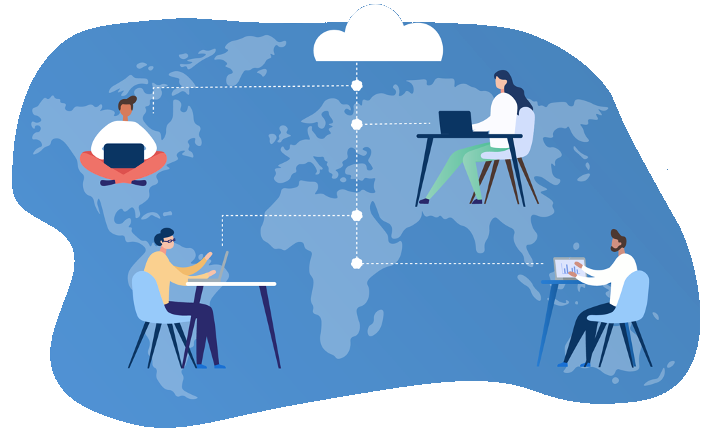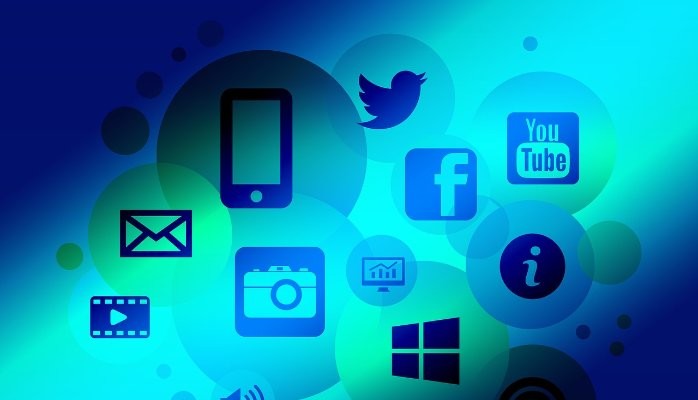Discussing the Potential Consequences of the Digital Tech Divide
Multi-faceted approach that includes infrastructure development, digital tech devide literacy programs, affordable access, and collaboration.

In today's rapidly advancing world, access to digital tech divide has become an essential part of our daily lives.
From education and healthcare to job opportunities and social interaction, the internet has transformed the way we live, work, and connect with one another.
However, not everyone has equal access to this digital landscape, leading to what is known as the "digital divide."
In this blog post, we will explore the potential consequences of the digital tech divide and its profound impact on access to information and resources.
Understanding the Digital Divide
The digital divide is a multifaceted issue that encompasses disparities in access to digital devices, internet connectivity, and digital literacy.
It affects individuals, communities, and even entire nations, creating a gap between those who are digitally connected and those who are not.
This divide can be influenced by various factors, including socioeconomic status, geographic location, age, and educational background.
1. Educational Inequality
One of the most significant consequences of the digital divide is its impact on education. In today's digital age, access to the internet and digital devices is crucial for students of all ages.
The COVID-19 pandemic highlighted this issue as schools around the world shifted to online learning.
Students without access to a computer and reliable internet struggled to keep up with their studies, exacerbating educational inequalities.
The digital divide not only affects students' ability to complete assignments and attend virtual classes but also limits their access to educational resources and information.
Students with limited digital access miss out on the vast wealth of online educational materials, hindering their academic growth and future opportunities.
2. Economic Disparities
Access to information and resources is closely tied to economic opportunities. Many job applications, government services, and economic transactions have moved online, making digital skills and access to the internet essential for participation in the modern workforce.
People without reliable internet access or digital literacy skills may face challenges in finding employment or accessing online job training programs.
This can perpetuate cycles of poverty and economic inequality, as those who are already disadvantaged find it even more difficult to improve their economic situation.
3. Healthcare Disparities
In recent years, healthcare has become increasingly digital. Telemedicine, health information portals, and digital health records are becoming standard practices. For individuals without access to the internet or digital devices, accessing healthcare information and services becomes a significant challenge.
The digital divide can lead to disparities in healthcare outcomes. Those without digital access may struggle to schedule appointments, access medical records, or receive telehealth consultations, limiting their ability to manage their health effectively.
4. Political and Civic Engagement
Access to information is a fundamental aspect of democratic participation. The digital divide can lead to reduced political and civic engagement among marginalized communities.
Without access to online news sources and social media platforms, individuals may be less informed about current events and less likely to engage in political discussions or vote in elections.
5. Social Isolation
The digital divide can also contribute to social isolation. In a world where online communication is the norm, those without internet access or digital devices may struggle to maintain social connections, especially during periods of physical isolation, such as the COVID-19 pandemic.
Social isolation can have detrimental effects on mental health and overall well-being. The inability to connect with friends and family, access online support groups, or participate in virtual social activities can lead to feelings of loneliness and exclusion.
6. Innovation Divide
Innovation and technological advancements are crucial drivers of economic growth and societal progress. However, the digital divide can limit the ability of disadvantaged communities to participate in and benefit from these innovations.
Communities with limited digital access may miss out on opportunities for entrepreneurship, technological innovation, and access to new markets. This innovation divide can further exacerbate economic and social inequalities, hindering the overall development of marginalized communities.
Bridging the Divide
Here are some strategies that can help reduce the digital divide:
1. Infrastructure Investment: Governments and organizations must invest in expanding broadband infrastructure to reach underserved areas. This includes rural communities and urban neighborhoods where internet access is limited.
2. Subsidized Internet Programs: Initiatives that provide low-income individuals and families with subsidized internet access can help make connectivity more affordable and accessible.
3. Digital Literacy Programs: Education and training programs aimed at improving digital literacy are crucial. These programs should target individuals of all ages to ensure that everyone can navigate the digital landscape effectively.
4. Community Access Centers: Establishing community centers with free internet access and computer facilities can provide a lifeline to those without digital resources.
5. Public-Private Partnerships: Collaboration between governments, private companies, and non-profit organizations can help address the digital divide more comprehensively.
6. Inclusivity in Technology Design: Technology developers should consider the needs of diverse populations when designing digital products and services. User-friendly interfaces and accessibility features can make a significant difference in bridging the divide.
The digital divide has far-reaching consequences that affect access to information, economic opportunities, healthcare, education, and social engagement.
As society becomes increasingly reliant on digital technology, addressing this divide becomes a matter of social justice and economic development.
Efforts to bridge the digital divide are essential for creating a more equitable and inclusive society.
By investing in infrastructure, promoting digital literacy, and ensuring that technology is accessible to all, we can work towards a future where everyone has equal access to the benefits of the digital age.
What's Your Reaction?















